NTT wants you to remember the Tohoku Earthquake by remembering the phone numbers of loved ones
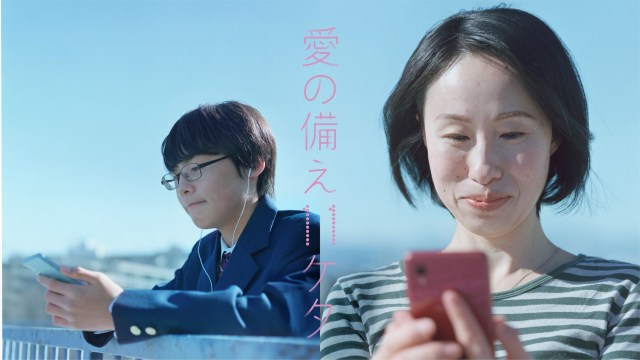
Can you remember 11 digits 11 years after 3-11?
11 March marked 11 years from the Tohoku Earthquake and subsequent tsunami that devastated the northeast coast of Japan’s Honshu Island and claimed tens of thousands of lives. In the time since, things have changed quite a bit. In 2011, smartphones were still in their infancy in Japan, and the damage to infrastructure made communication between affected areas and the outside world very difficult.
In fact, the huge popularity of the messaging app Line in Japan began soon after and can be party attributed to the realization that a strong line of communication is essential in the event of a disaster. However, with that came the convenience of cheaper online audio calls, accessible simply by tapping a person’s name.
And so, phone numbers in a lot of social settings have become a thing of the past and telecom giant NTT Docomo conducted a survey to prove it. They asked 400 people who have experienced earthquakes in the past whether they can remember the number of an important person in their life in an emergency, and a very slim majority of 51 percent said they could.
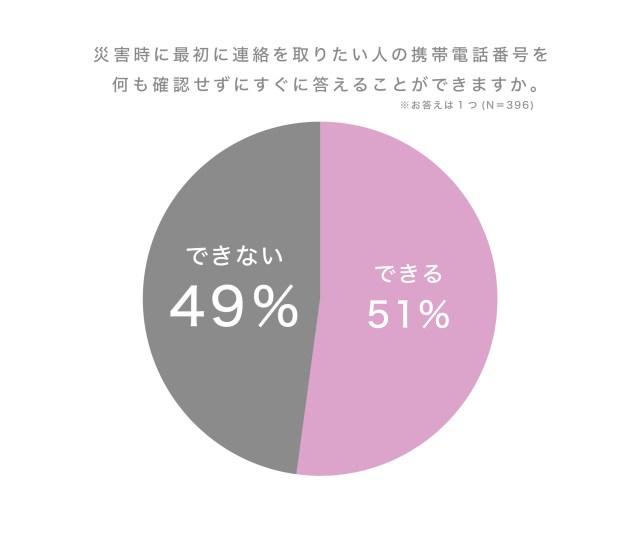 Image: PR Times
Image: PR Times
I myself would be among the 49 percent, and quite frankly I’m not so sure I can even remember my own phone number. The only reason I might even come close is because I had to fill out a lot of forms last year. This is probably not good since even though my smartphone can help get me through a disaster, they are prone to problems too such as a drained battery or getting lost.
In those cases knowing people’s phone numbers could make a big difference in getting through to them in times of need, but unfortunately, I think that part of my brain that once remembered the numbers of all my friends and family as a child has all but shriveled up now. Luckily, NTT Docomo is here to help and launched an online memory training service to help us remember the phone numbers of those who mean the most to us. There’s a bit of poeticism to it all since this is the 11th anniversary of the Tohoku earthquake and an average Japanese phone number is 11 digits long.
It’s very simple to use to. All you need to do is go to the Ai no Sonae 11 Keta (Preparation of Love 11 Digits) website using a smartphone, enter the name and phone number of the loved one you need to remember, and then choose either a male or female voice to guide you in the training. In my case I decided to start with the basics and tried to remember my own number first.
▼ This is all the more shameful because, as you can see from the uncensored part of my number, it’s ridiculously simple
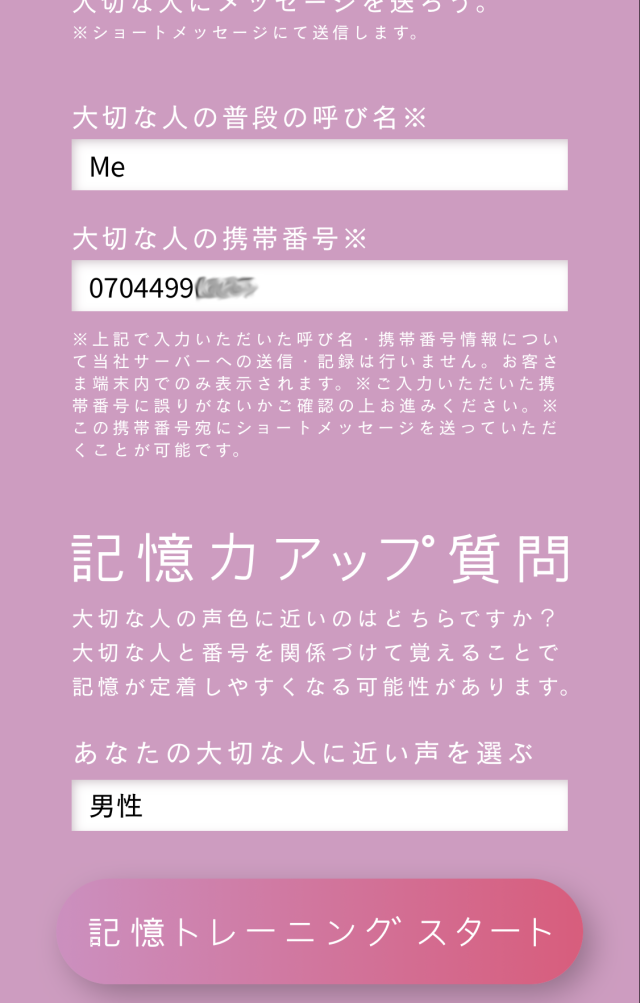
You are then sent to a training keypad that maps out the number. It makes use of the numerical, spatial, and audio cues to help make it stick in the shortest amount of time and you’re allowed to retry as many times as you like.
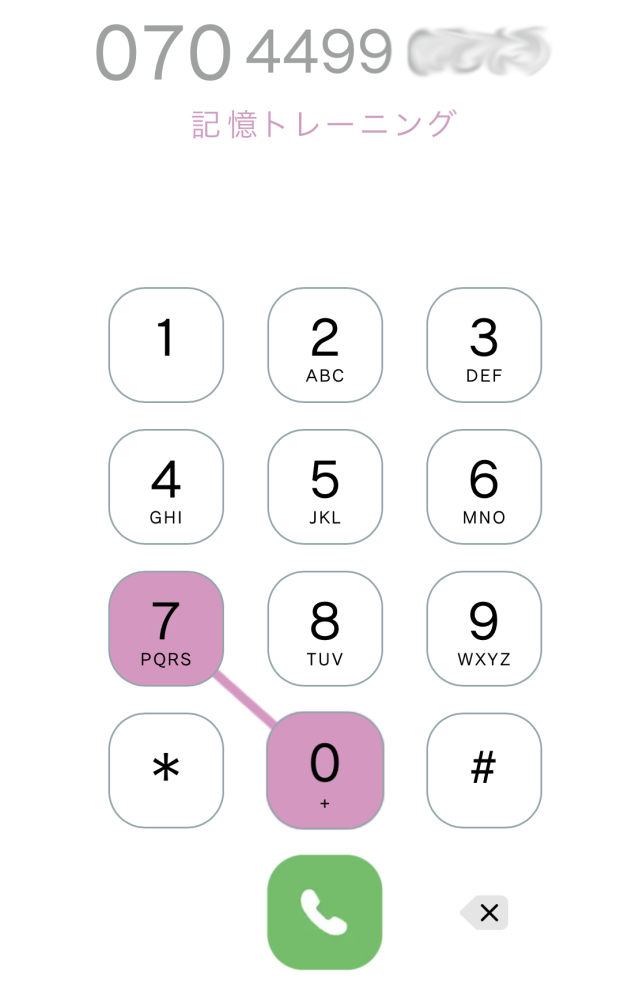
Once you’re ready you can then test yourself on a blank keypad and see if you’ve memorized the number. If you fail, like I did the first time, you can always go back for more training, but if successful, you can then send an SMS message to that loved one telling them that you’re thinking of them on this occasion.
▼ Me: “Me, you are an important person. I memorized your mobile phone number because you are important and I want to contact you right away if there’s an emergency. Me, I’d be happy if you memorized my mobile number too.”
Me: “Thank you!”
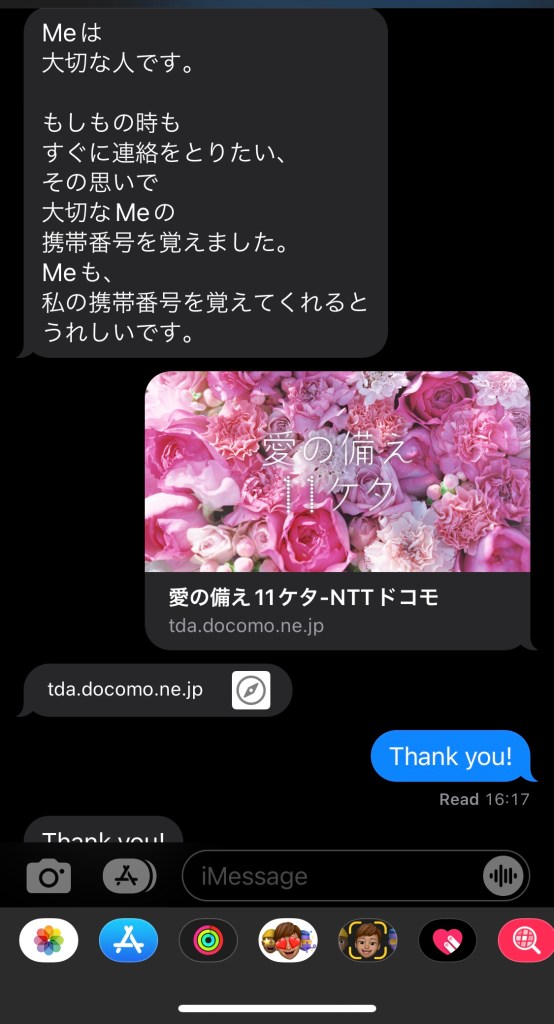
It’s free to use and only took a few minutes of my day to learn my own phone number. It’ll be interesting to see how long-lasting the effect of this training is, but even if not its no problem to do it again and again until I got. It costs nothing but a tiny amount of time, but it could make all the difference if a disaster comes our way.
Source: Ai no Sonae 11 Keta, PR Times
Top image: PR Times
Insert images: SoraNews24 (Unless otherwise noted)
● Want to hear about SoraNews24’s latest articles as soon as they’re published? Follow us on Facebook and Twitter!
Credit:

0 comments: